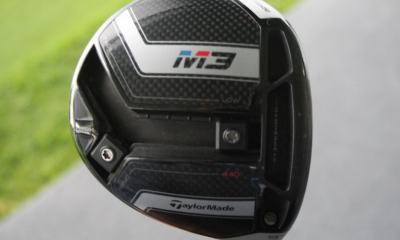Equipment
TrackMan 4 vs. GCQuad: Full tech breakdown (plus Justin Rose explains why he uses both)

If you walk up and down the range at a PGA Tour event, you’ll notice that nearly every player has a portable launch monitor setup at their practice station. They either have one behind their hitting station, pointing directly down the target line (TrackMan), or in front of them, facing perpendicular to the target line (Foresight Sports GCQuad).
(It should be noted that some players use FlightScope, Full Swing, or another launch monitor system, but for the purposes of this article, we’ll be focusing on TrackMan and GCQuad)
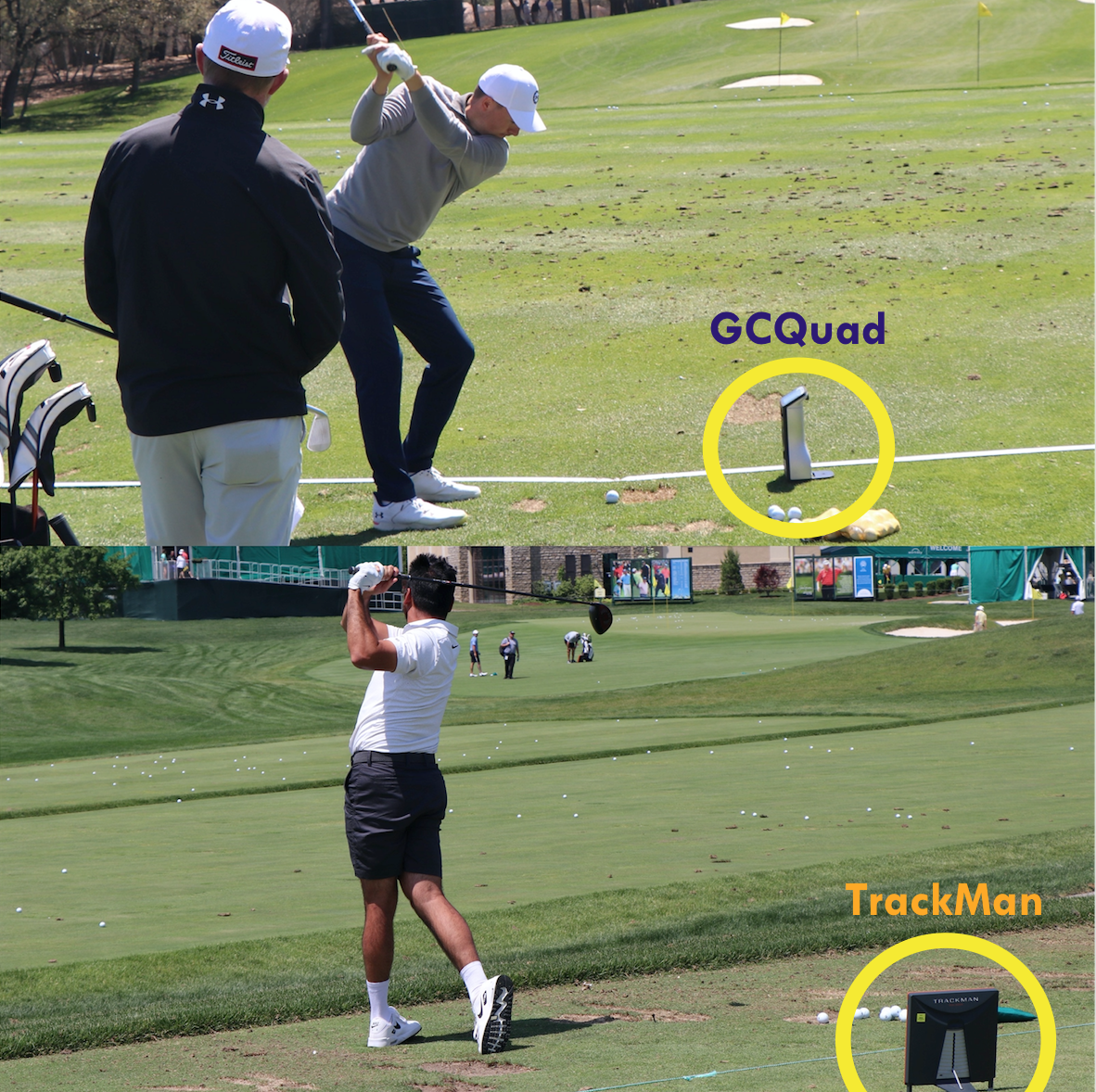
Jordan Spieth (top) was using a Foresight Sports GCQuad at the 2022 WGC-Dell Technologies Match Play, while Jason Day was using a TrackMan 4 during a testing session at the 2022 Memorial Tournament presented by Workday.
Sometimes, a player will actually have both TrackMan and GCQuad launch monitors functioning simultaneously. Justin Rose is one of the players who uses both.
Earlier this year, at the 2022 U.S. Open, I asked Rose why he uses both launch monitor systems at the same time, because, wouldn’t that be a bit redundant?
Before getting into his answer, I wanted to provide an overview of the differences between the TrackMan 4 and Foresight Sports GCQuad systems, and what they measure. The science and engineering behind these systems can get extremely complicated if you get too deep in the weeds, but let’s try to make this as simple as possible.

The TrackMan 4 unit ($21,495) – which is the unit that most TrackMan users on Tour currently use – tracks the full trajectory of the golf ball using a dual-radar system combined with OERT (Optically Enhanced Radar Tracking). According to TrackMan, the “OERT synchronizes an inbuilt full HD video camera with the dual radar system to give you the most accurate analysis possible.” Basically, it combines doppler radar and camera technology to track the golf ball and golf club.
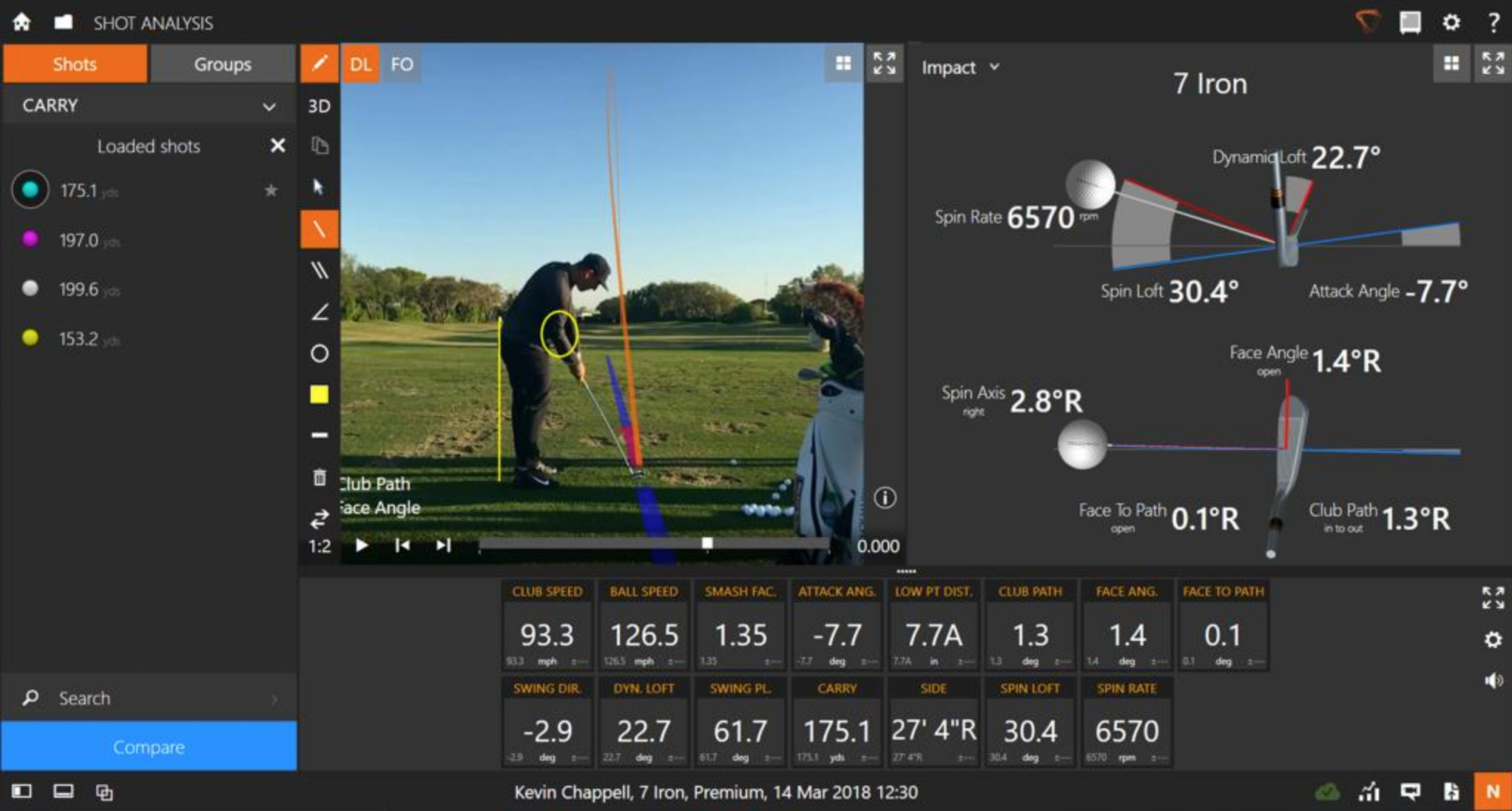
Here’s an example of the data feedback you might see from a TrackMan 4, displayed through a computer screen (photo credit: lukecollinsgolf.com)
It should be noted that TrackMan can run in multiple modes, including unnormalized (unaltered data from the full ball flight), normalized (calculates how a ball would fly without wind, and allows users to adjust for ball type, temperature and elevation), and indoor (hitting into a net). In the unnormalized mode, it measures the full flight of the golf ball, from impact until it hits the ground. In the normalized or indoor modes, TrackMan takes impact and initial launch conditions and determines the remainder of the flight data using calculations.

Available in limited qualities to PGA Tour players, Foresight Sports is offering a velcro strap to make the GCQuad easier to carry.
The Foresight Sports GCQuad ($14,500), on the other hand, is Quadrascopic, meaning it uses a 4-camera system. The GCQuad captures data from within the strike zone, and it uses photometric measurements from a side-on angle to measure both golf ball and club data. According to a Foresight Sports representative, “All club delivery and ball launch data is measured, not calculated, or derived from other data parameters.”
Basically, the GCQuad system takes the measurements of the launch conditions and club positions at impact using its custom camera lenses, then determines the remainder of the ball flight metrics using calculations. The GCQuad also makes adjustments to carry distance based on atmospheric pressure, temperature and elevation using a built-in thermometer/barometric altitude sensor, and users can customize altitude.
The GCQuad also has different modes, depending on how many reflective dots you place on the face of the golf club. The graphic below, which is a screenshot from ForesightSports.com, highlights the differences of those modes.
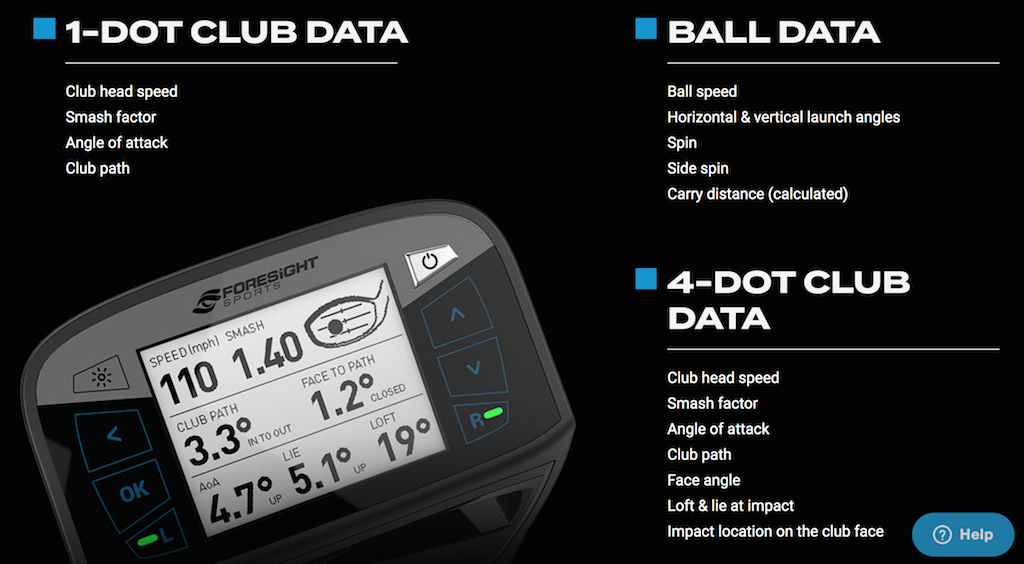
In the real world setting at PGA Tour driving ranges, there’s a few pros and cons to using one system versus the other.
When using a TrackMan, players set up the unit behind the golf ball, and the system displays data feedback on a separate smart device (a tablet, cell phone, or laptop). There are no reflective dots necessary to gauge extensive club data. The GCQuad, on the other hand, gets placed on a side-on angle to the golf ball (a.k.a., facing the player at address) and displays golf ball data directly onto the screen of the unit. For more extensive club data when using the GCQuad, reflective dots must be used, but remember, they are illegal during competition to leave on the face, so players must remember to remove them before play.
There are a few other points of note to consider between the two launch monitors:
1) TrackMan measures club impact parameters by identifying the geometrical center point of the the club head using radar, whereas GCQuad measures the front of the face from a side-on angle using cameras.
2) TrackMan derives spin axis using calculations based on either initial flight (the first 30 yards of flight in outdoor mode), or spin loft and face-to-path ratio (indoor mode), whereas the GCQuad measures the rotation of the golf ball as it launches.
3) TrackMan reports that its dual-radar system captures data at 40,000 frames per second, whereas GCQuad reports that it captures around 10,000 frames per second.
4) TrackMan has performance tools such as the TrackMan Combine – which is a test of strengths and weaknesses – and Test Center 2.0.
All things considered, in a practical sense, since the TrackMan requires multiple devices to see real-time feedback on a shot, the GCQuad is a bit more portable and offers the player immediate ball data just by looking at the unit’s screen. While the TrackMan can be used on the course – and plenty of PGA Tour players do take TrackMan units around with them during a practice round – the GCQuad sees more use on shots hit during practice rounds on the course. TrackMan, however, provides more data points in terms of club data without a barrier to entry of using reflective dots.
As mentioned before, there are pros and cons to each system.
Of course, accuracy is of upmost importance to both players and their coaches, but that’s for them to determine which one is best for their purposes.
Here’s a cool point of note when using both systems simultaneously: players can actually identify the effect of wind on distance in a given environment. Using a TrackMan in the unnormalized mode (where it tracks the full ball flight), combined with a GCQuad (which factors in temperature, air density, and elevation, but not wind), players can simply take the difference in distance between the TrackMan distance (which accounts for actual flight in the wind), and the GCQuad distance (which doesn’t account for wind). For example, say an unnormalized TrackMan measures the shot at 142 yards, but the GCQuad measures it at 145 yards; the effect of wind on that shot would be 3 yards.
OK, so let’s get out of the weeds and into why Rose decides to use both during his practice sessions.
Justin Rose says…
View this post on Instagram
“I use both out of laziness a little bit,” Rose told GolfWRX ahead of the 2022 U.S. Open. “I think the TrackMan can do…they can both do the job of each other, right? But it just depends how you like to see it. From the players point of view, I like the quick reference point the Quad gives me, and then my coach will love the detail that the TrackMan gives him, whether that be attack angle, where the low point is, dynamic swing plane, that type of stuff, which is telling him how the handle of the club is working through the ball. Versus, I’m just trying to get ball speed, and spin, and distance. Those are the quick things that I’m keying into, and the coach is keying into some of the technical side of the swing.”
To see more equipment interviews with PGA Tour players, head over to our @GolfWRX Instagram page.
Equipment
BK’s Breakdowns: Cameron Young’s winning WITB, 2025 Wyndham Championship

Cameron Young’s WITB from his win at the 2025 Wyndham Championship. Cameron is a Titleist staff player but his bag is definitely filled with some unique clubs. Here are the clubs he used to secure his first PGA Tour win!
Driver: Titleist GT2 (9 degrees, A1 SureFit setting)
Shaft: Mitsubishi Tensei 1K Pro Orange 70 TX
3-wood: Titleist GT3 (15 degrees)
Shaft: Mitsubishi Tensei 1K White 80 TX
Hybrid: Titleist GT2 (21 degrees)
Shaft: Fujikura Ventus HB Black VeloCore+ 10 X
Irons: Titleist T200 (4), Titleist T100 (5), Titleist 631.CY Prototype (6-9)
Shafts: True Temper Dynamic Gold X7 (4-9)
Wedges: Titleist Vokey Design SM10 (48-10F, 52-12F, 56-14F @57), WedgeWorks (60-K* @62)
Shafts: True Temper Dynamic Gold X7
Putter: Scotty Cameron Phantom 9.5 Tour Prototype
Grips: Golf Pride Tour Velvet Cord
Ball: Titleist Pro V1x Prototype
Whats in the Bag
Peter Malnati WITB 2025 (August)
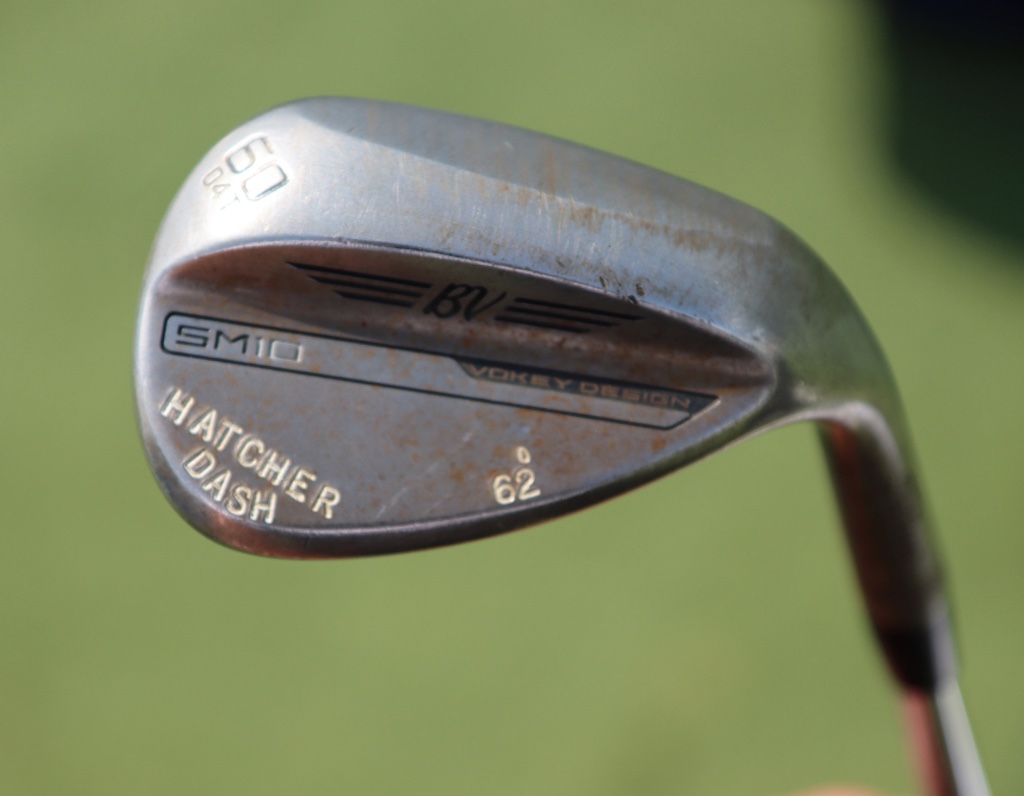
- Peter Malnati what’s in the bag accurate as of the Wyndham Championship. More photos from the event here.
Driver: Titleist GT3 (10 degrees, C2 SureFit setting)
Shaft: Project X Denali Blue 60 TX
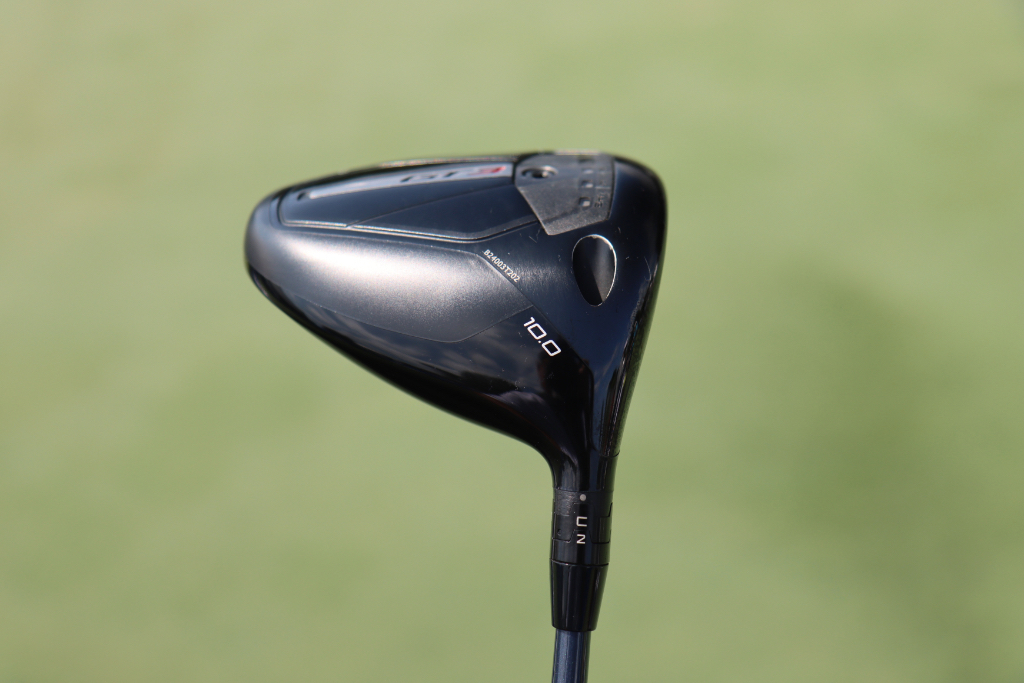

3-wood: Titleist GT3 (15 degrees, A1 SureFit setting)
Shaft: Fujikura Ventus TR Blue 7 X
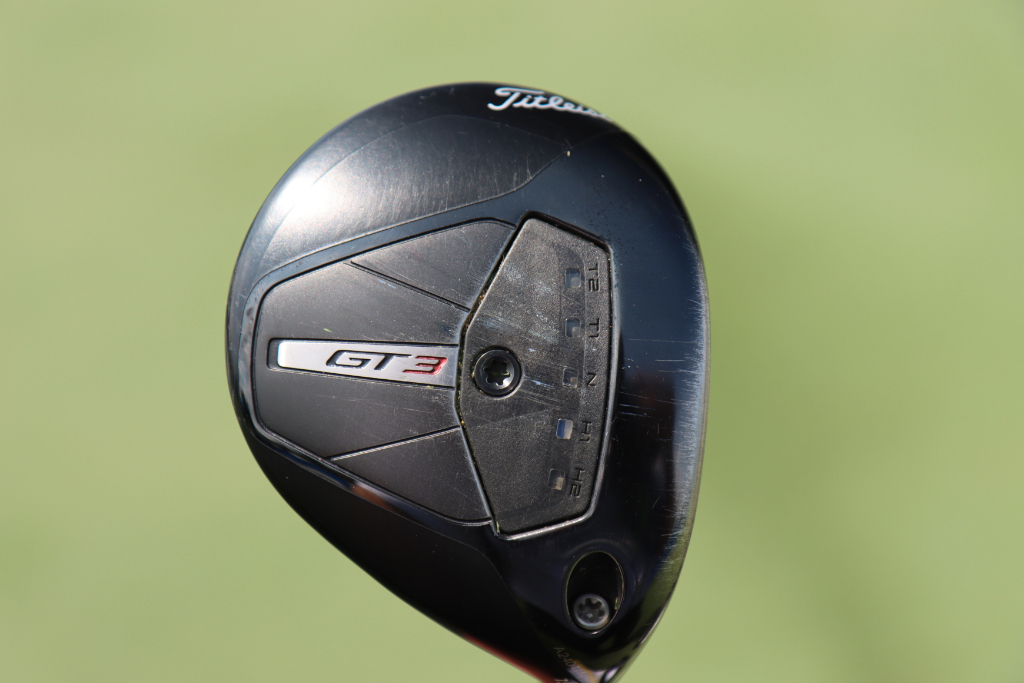
7-wood: Titleist GT2 (21 degrees, D1 SureFit setting)
Shaft: Fujikura Ventus TR Blue 8 X
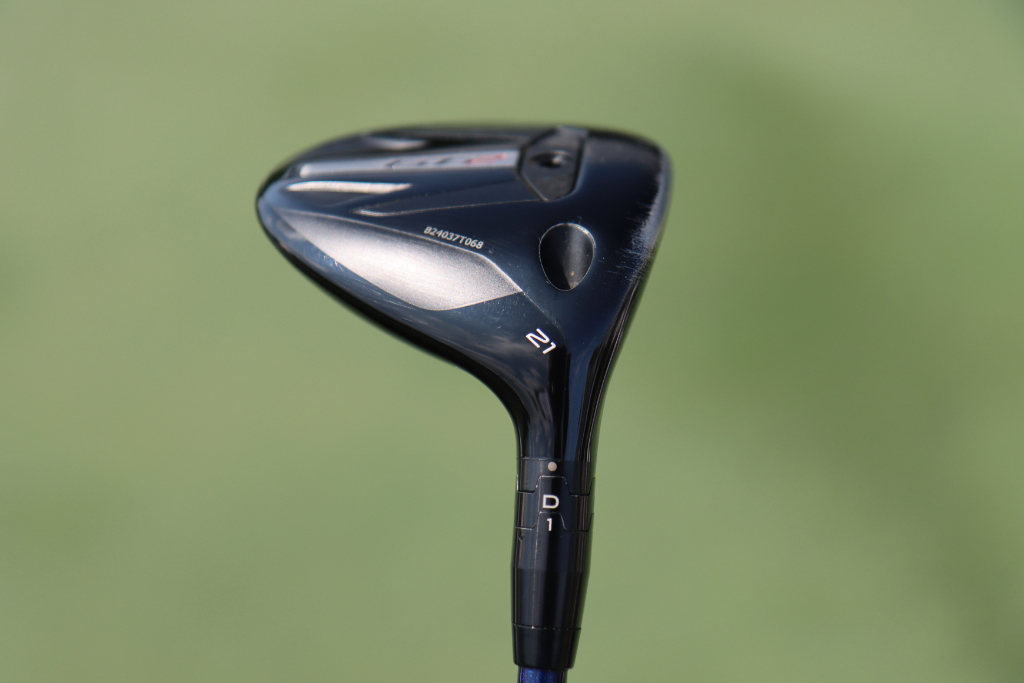
Irons: Titleist T150 (4, 5), Titleist T100 (6-9)
Shafts: True Temper AMT Tour White X100
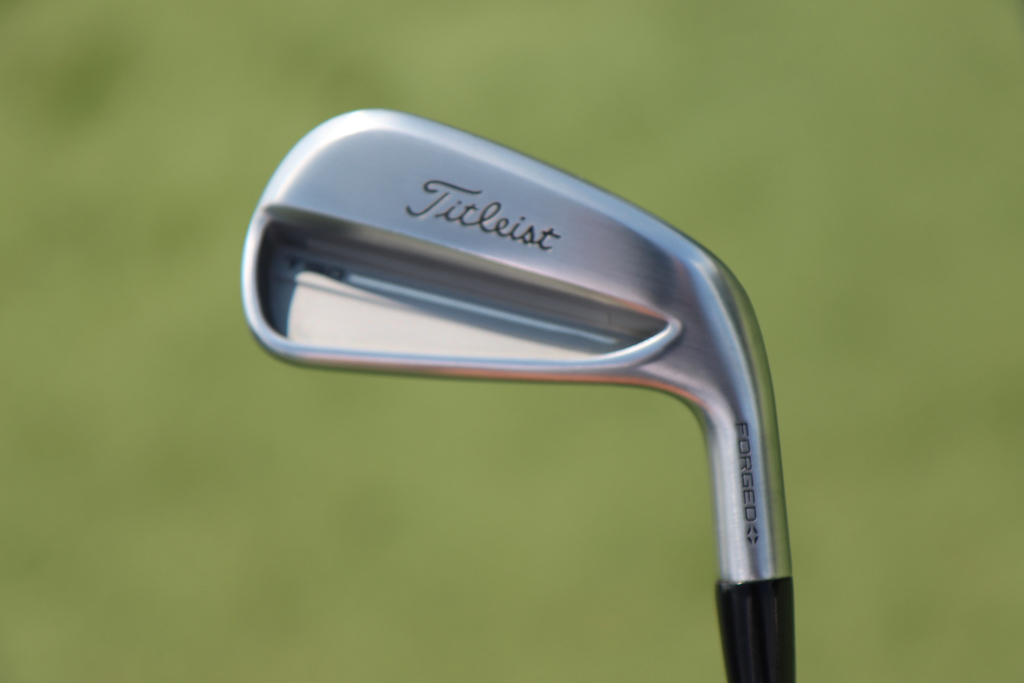
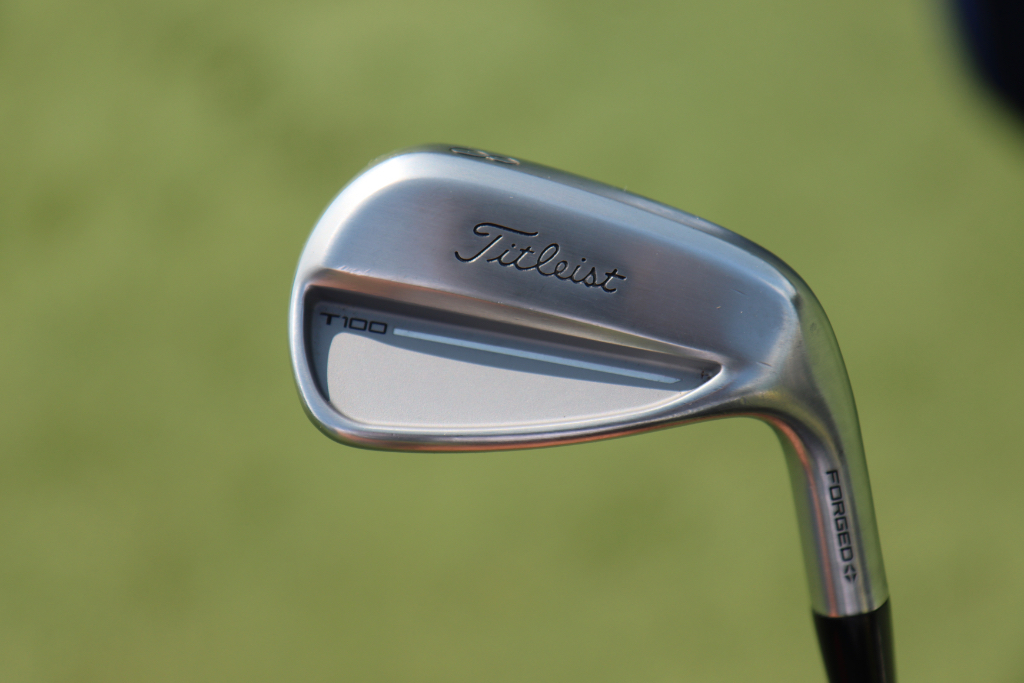
Wedges: Titleist Vokey Design SM10 (48-10F @47, 52-12F, 56-08M @57, 60-04T @62)
Shafts: True Temper Dynamic Gold Tour Issue S400
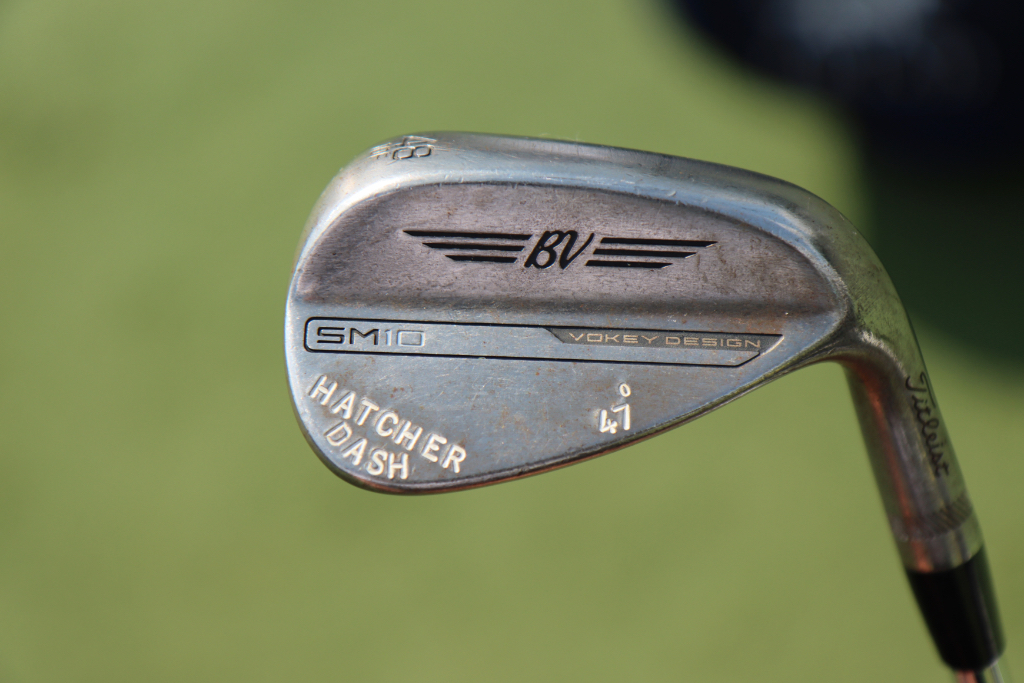
Putter: Scotty Cameron Studio Style Fastback 1.5 Tour Prototype
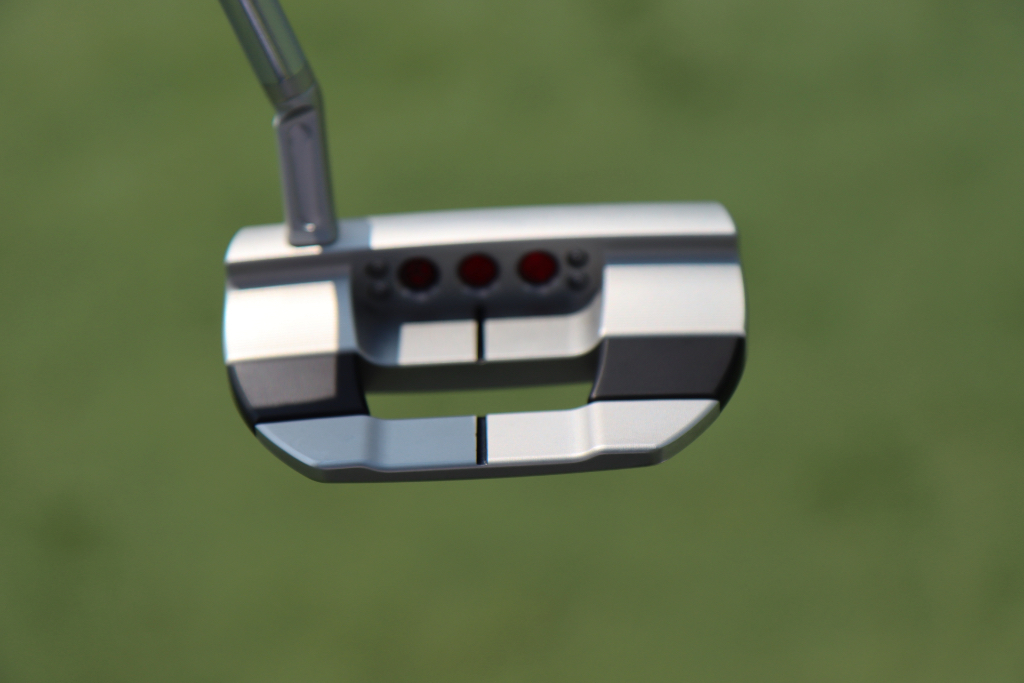
Grips: Golf Pride Tour Velvet
Ball: Titleist Pro V1x Yellow
Equipment
GolfWRX Members Choice presented by 2nd Swing: Best driver of 2025

We’re proud to once again partner with 2nd Swing Golf to bring you GolfWRX Members Choice 2025! 2nd Swing has more than 150,000 new and pre-swung golf clubs available in six store locations and online. Check them out here.

What is the best driver in 2025? At GolfWRX, we take great pride in our online community and the cumulative knowledge and experience of our members. When it comes to the best driver of 2025, we want to know what our forum faithful think.
Since our founding in 2005, the bedrock of GolfWRX.com has been the community of passionate and knowledgeable golfers in our forums, and we put endless trust in the opinions of our GolfWRX members — the most knowledgeable community of golfers on the internet. No other group of golfers in the world tests golf clubs as frequently or as extensively, nor is armed with such in-depth information about the latest technology.
Below are the results of GolfWRX member voting for the 2025 best driver, along with the vote percentage for each club.
Best driver of 2025: The top 5
5. Callaway Elyte Triple Diamond: 6.02%
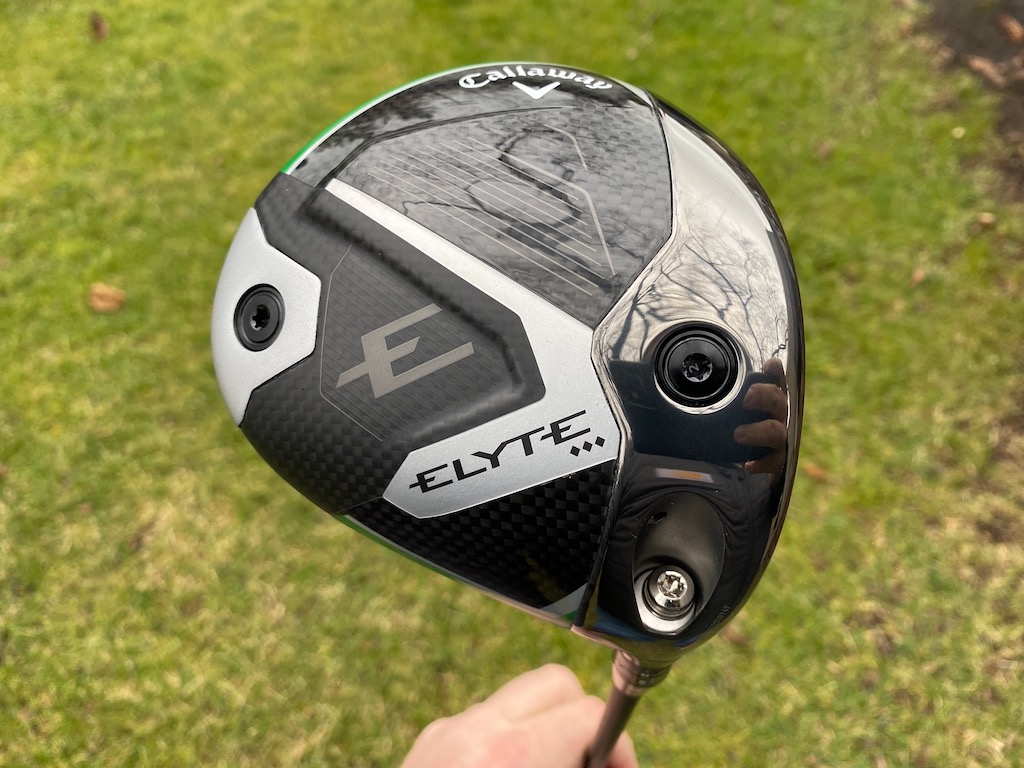
Callaway’s pitch: “For golfers looking for a fast, forgiving, yet workable driver, the Elyte Triple Diamond features a tour-inspired shape and is the preferred model by most Callaway tour players.”
You can read what other golfers are saying about the driver in the GolfWRX forums, and see our launch piece here. Shop the Callaway Elyte Triple Diamond here.
4. Ping G440 Max: 6.86%
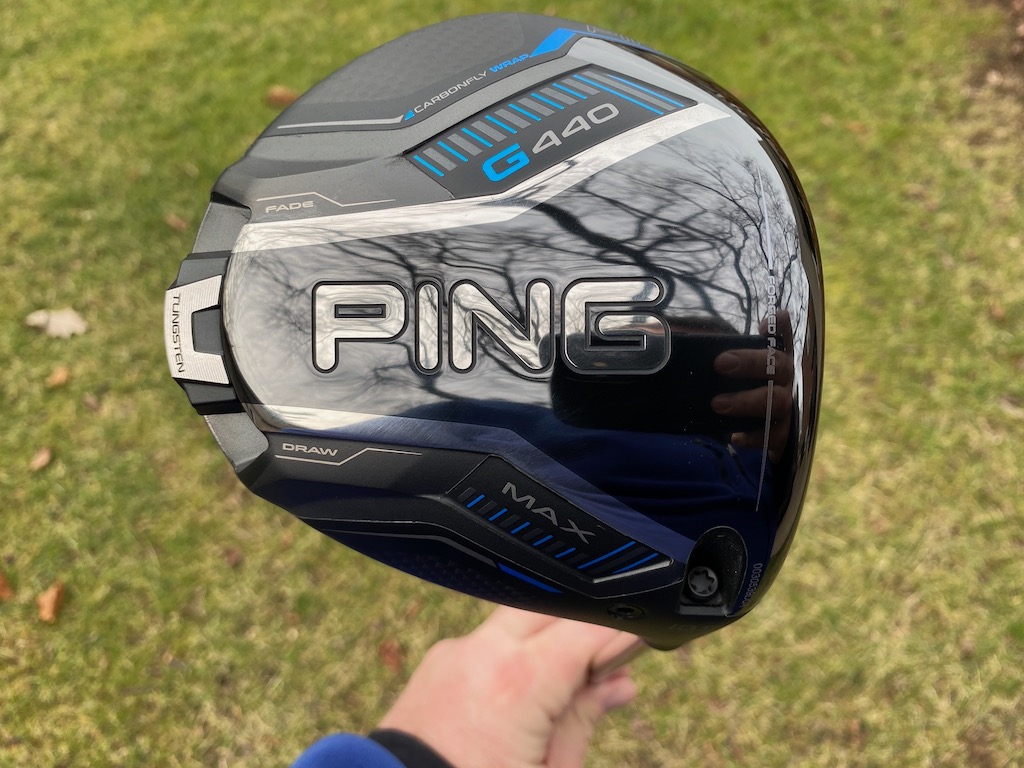
Ping’s pitch: “The most forgiving G440 model, MAX has a hotter face to generate speed and distance, and a lighter overall system weight with a longer shaft (46″) for faster clubhead speed, higher launch and longer carries. The Free Hosel and Carbonfly Wrap crown save weight to create our lowest CG ever and increase forgiveness while contributing to a more muted, pleasing sound.”
You can read what other golfers are saying about the driver in the GolfWRX forums, and see our launch piece here. Shop the Ping G440 Max here.
3. Ping G440 LST: 9.53%

Ping’s pitch: “LST is an especially good fit for faster swings, offering less spin and more control with a penetrating trajectory. A hotter face, lighter overall system weight and longer shaft (46″) deliver more speed and distance while maintaining tight dispersion.”
@phizzy30: “Not a fan of Ping drivers in general, but 440 LST takes the cake. It’s super forgiving across the face for a low spin head, looks and sounds good and the ability to make it play neutral or slightly fade biased through the hosel settings is very appealing.”
You can read what other golfers are saying about the driver in the GolfWRX forums, and see our launch piece here. Shop the Ping G440 LST here.
2. Titleist GT3: 16.55%
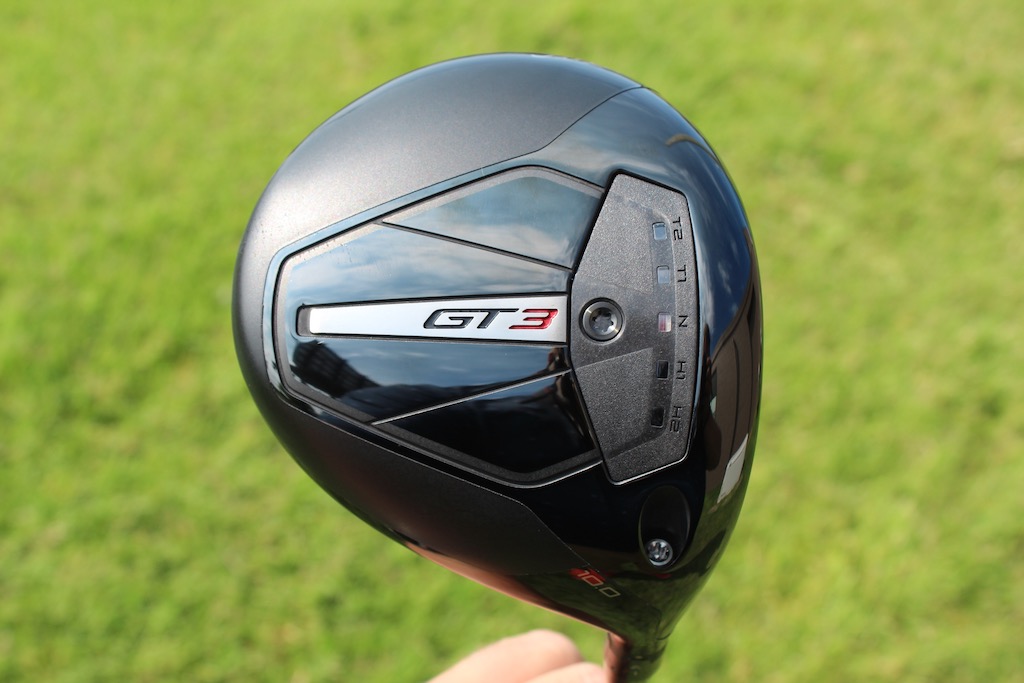
Titleist’s pitch: “The GT3 Driver offers Titleist’s boldest combination of power and personalization through adjustable performance. Dial in the CG Track to your frequent contact location to make your biggest drives even bigger while taking total control over flight and shaping.”
@mrmikeac: “I’ve been Anti-Titleist for years and years and years (outside of Vokey, of course). With that being said, HOLY BEGEEZUS the GT3 driver is an absolute NUCLEAR MONSTER! This thing blew my G430 10K Max out of the water in every single category. Forgiveness is the biggest thing that stands out of me, the 3 model has always been one of the less forgiving models in the past but this GT3 can take bad shot after bad shot and still end up in the fairway, I think a ton of that has to do with the adjustability, it’s actually effective. Feel and sound is perfect, that solid crack is so addicting to hear and when you hit it out the screws this thing can absolutely bomb it. Titleist, I’m sorry for doubting you. You have converted me.”
You can read what other golfers are saying about the driver in the GolfWRX forums, and see our launch piece here. Shop the Titleist GT3 here.
1. Titleist GT2: 22.91%
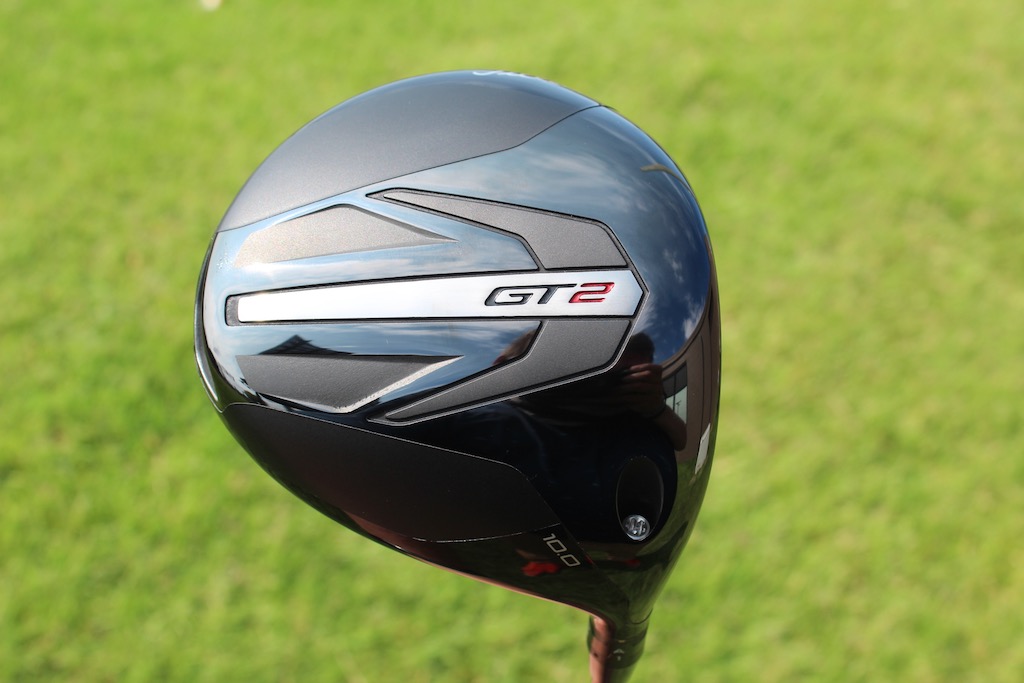
Titleist’s pitch: “Delivering impressive distance from any impact point, the Titleist GT2 Driver extracts maximum performance through a forgiving design. Get the stability and added confidence of a high-MOI driver without sacrificing speed.”
@DTorres: “The Titleist GT2 has proven to be the best driver of the year. Packaged in a classic profile, GT2 perfectly balances performance and forgiveness while consistently being a high performer across all categories.”
You can read what other golfers are saying about the driver in the GolfWRX forums, and see our launch piece here. Shop the Titleist GT2 here.
Other drivers receiving >2% of the vote
| Driver | Vote percentage (%) |
|---|---|
| Cobra DS Adapt Max K | 4.85% |
| Ping G430 Max 10K | 3.85% |
| Callaway Elyte Triple Diamond | 3.68% |
| TaylorMade Qi35 | 3.51% |
| Callaway Elyte | 3.18% |
| Cobra DS Adapt X | 2.34% |
| Cobra DS Adapt LS | 2.17% |
| TaylorMade Qi35 LS | 2.17% |
View this post on Instagram




